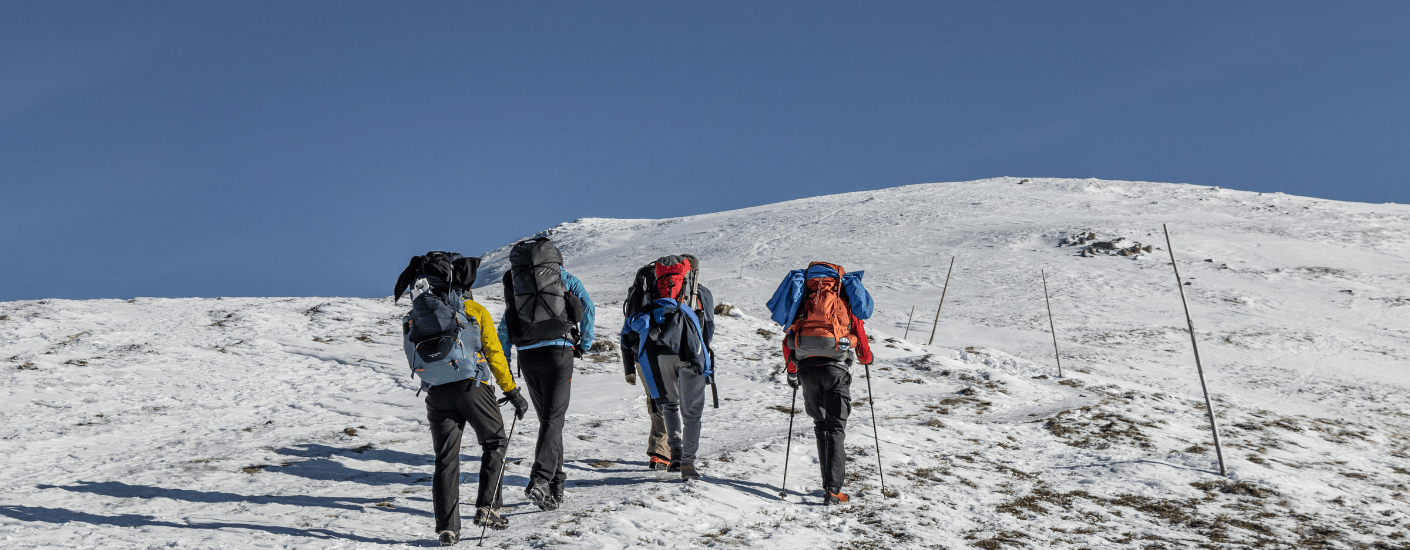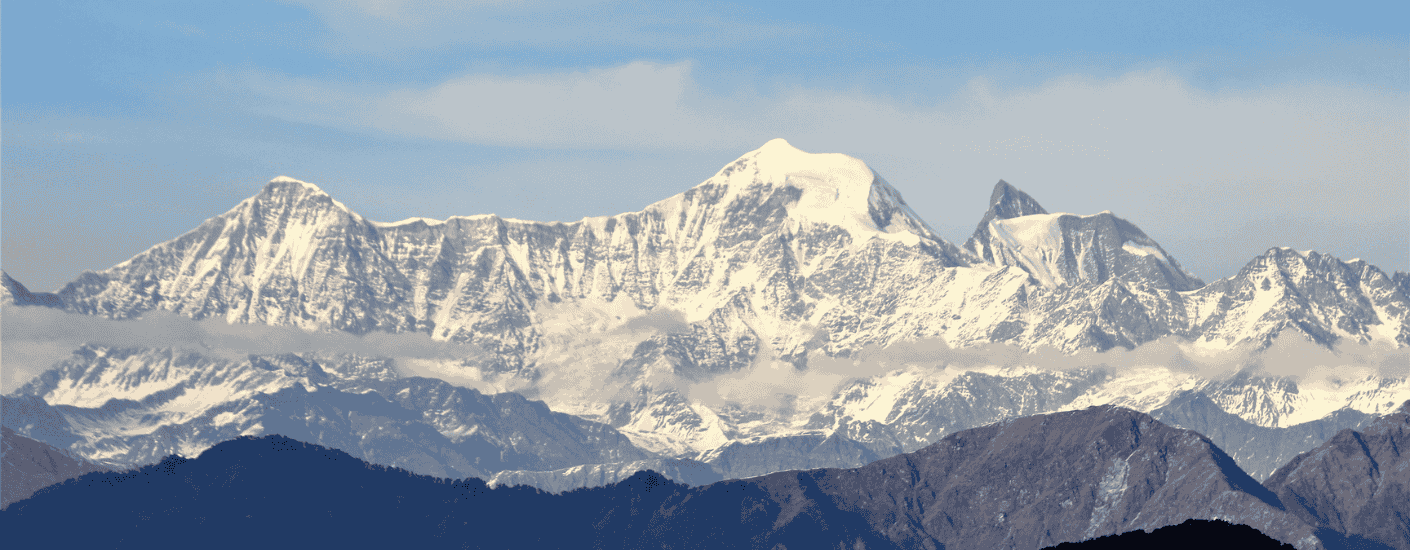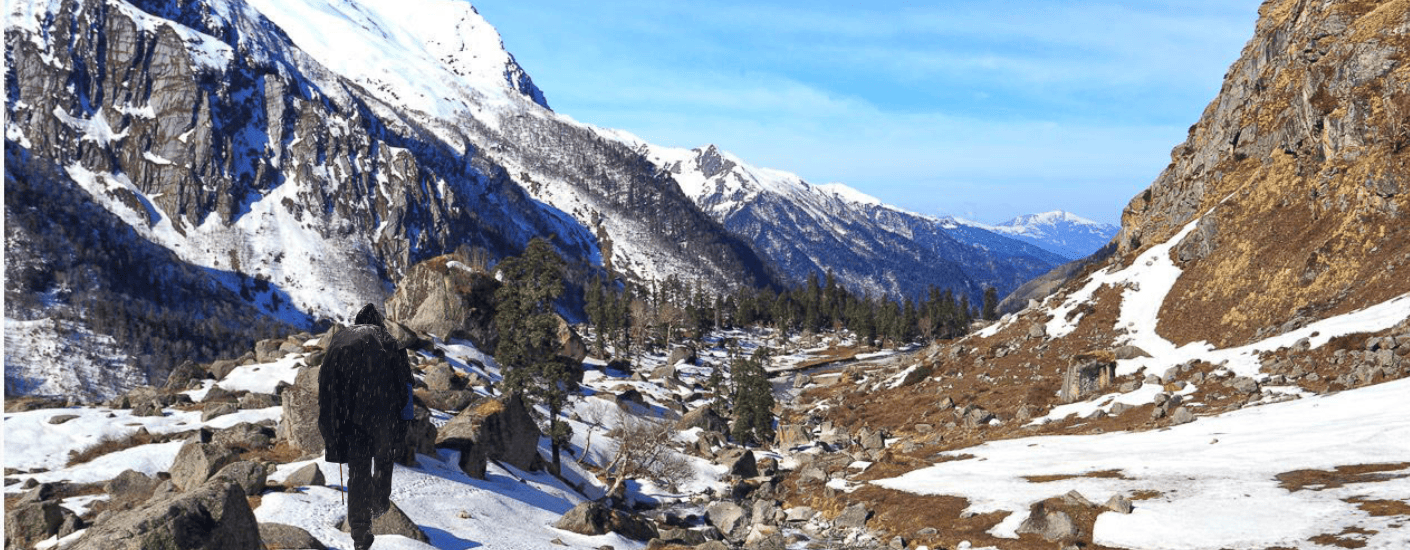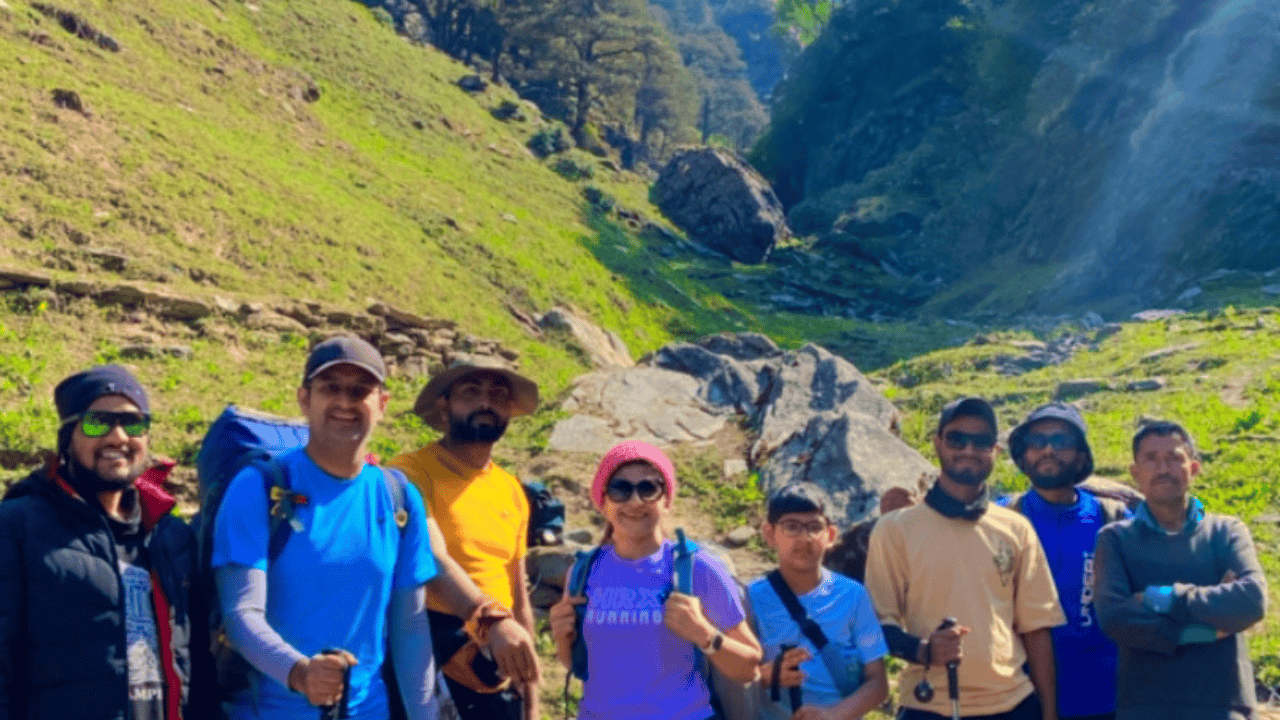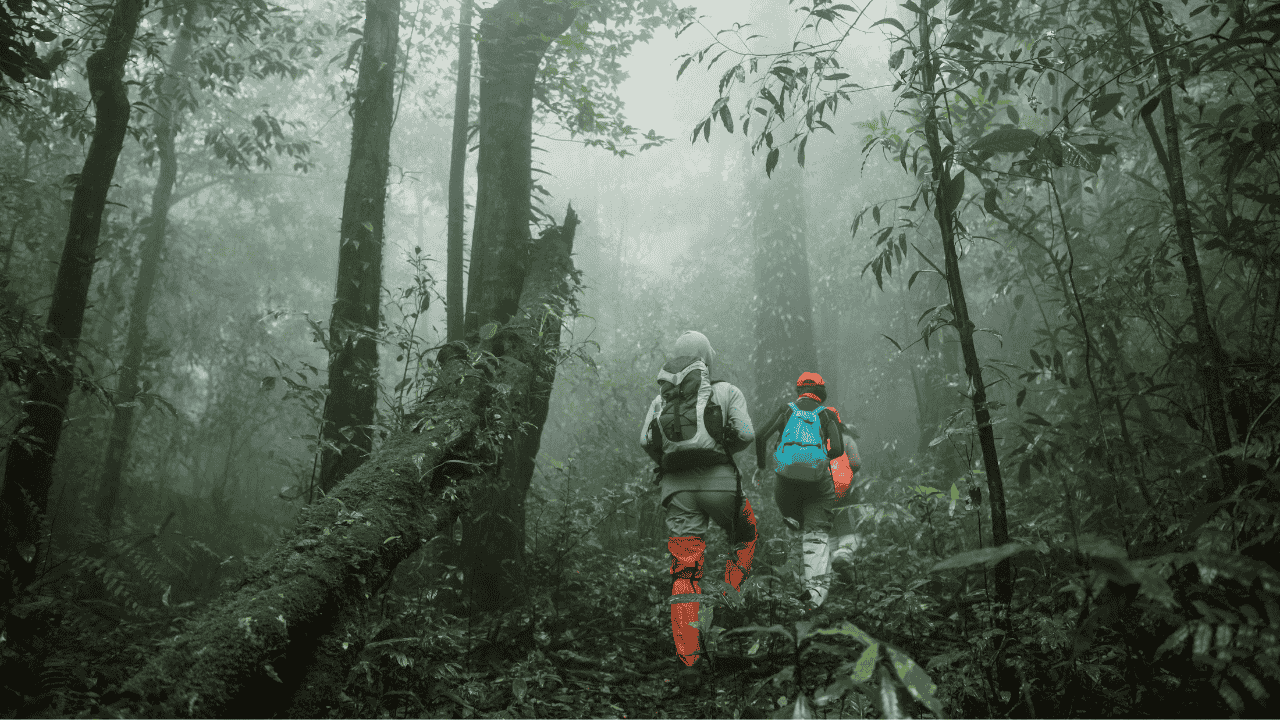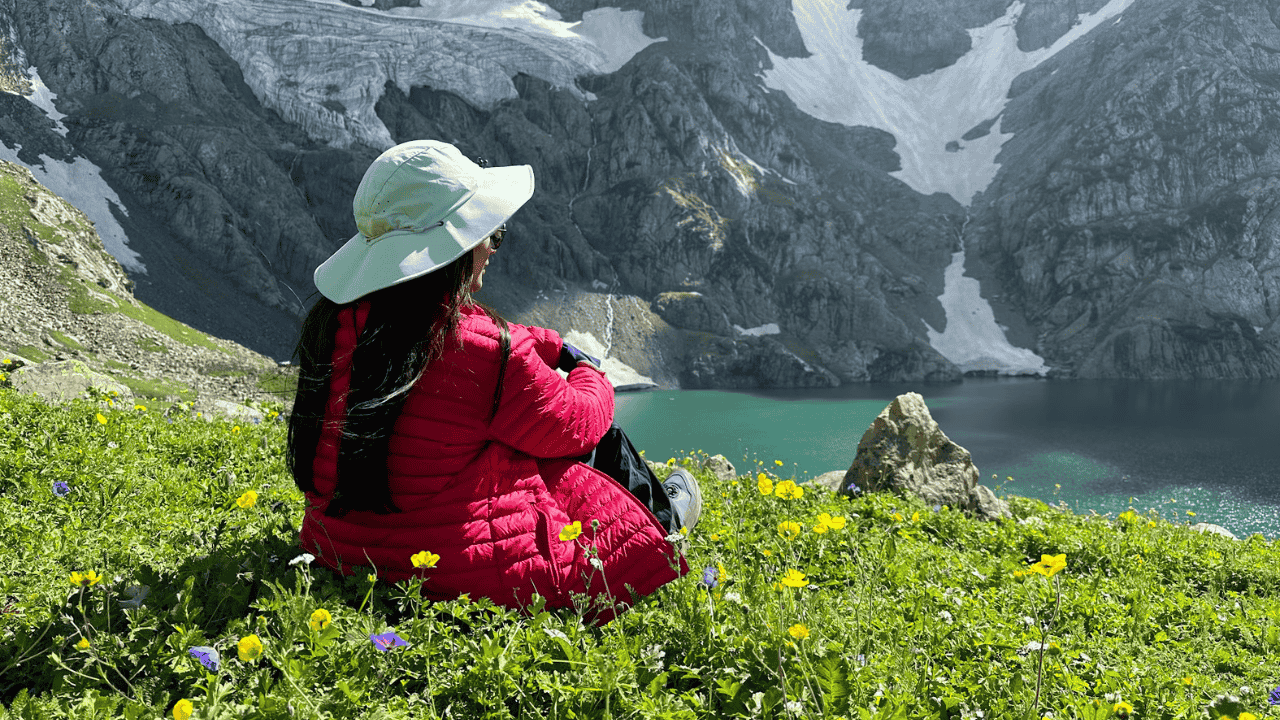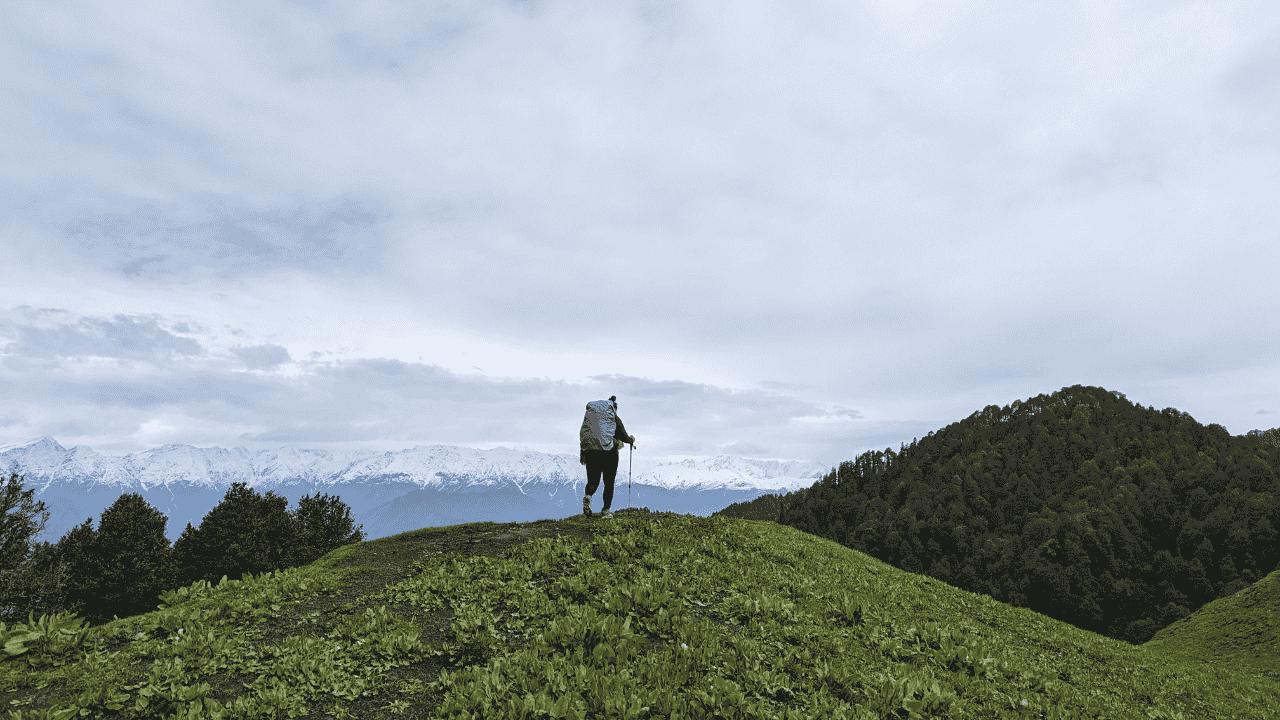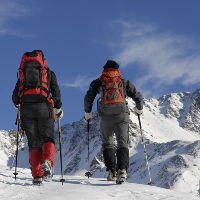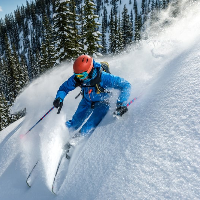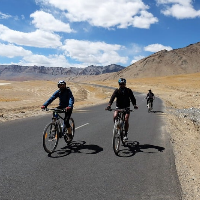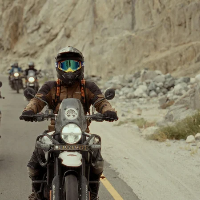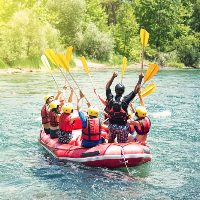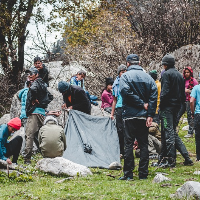Itinerary Description
The Kashmir Great Lakes Trek takes you to a magnificent, hitherto unexplored region of Kashmir that evokes the phrase "Heaven on Earth." The only route in the Himalayas that includes seven alpine lakes in stunning shades of green, blue, and turquoise, three high-altitude climbs, and five river valley crossings. The Kashmir Great Lakes Trek introduces you to a magnificent, never-before-seen aspect of Kashmir, evocative of its moniker, Heaven on Earth. This is the only journey in the Himalayas that includes three high-altitude passes, five river valley crossings, and seven alpine lakes in stunning shades of green, blue, and turquoise. Every day, you are greeted with unlimited, grandiose, and achingly gorgeous opulence: unending blue sky; larger-than-life panoramas of craggy mountains, colourful meadows abounding with wildflowers, river crossings, boulder jumping; the KGL walk spoils you for choice and how! The track climbs to an elevation of 4,206 metres and changes between ascents and descents on most days, making it reasonably straightforward to traverse. The only obstacle is developing the stamina required to travel the enormous distances (10 kilometres or more) required each day. The 69-kilometre journey is a fantastic alternative for novices wishing to boost their Himalayan trekking game. We suggest this path to experienced hikers as well, not because of the difficulty, but because of the sheer beauty and grandeur, it contains. The best time to do the Kashmir Great Lakes trek is from July to September.
Short Itinerary
Arrival at Sonamarg (2730 mts) from Srinagar 81 km (3 Hours)
Sonamarg (2730 mts) to Nichnai (3500 mts) 10 km (6 hours)
Nichnai (3505 mts) to Vishansar Lake (3658 mts ) via Nichnai Pass (4150 mts)11 km (6 to 7 hours)
Buffer Day (Subjected to Weather Condition)
Vishansar Lake (3658 mts) to Gadsar Lake (3810 mts) via Gadsar Pass (4206 mts) 10 km (6 hours)
Gadsar Lake (3810 mts) to Satsar Lake (3658 mts) 12 km (6 to 7 hours)
Satsar Lake (3658 mts) to Gangabal Lake (3505 mts) 13 km (6 to 7 hours)
Gangabal Lake (3505 mts) to Naranag (2271 mts) 10 km (6 hours)
Detailed Itinerary
Day 1
Arrival at Sonamarg (2730 mts) from Srinagar 81 km (3 Hours)
Day 2
Sonamarg (2730 mts) to Nichnai (3500 mts) 10 km (6 hours)
Day 3
Nichnai (3505 mts) to Vishansar Lake (3658 mts ) via Nichnai Pass (4150 mts)11 km (6 to 7 hours)
Day 4
Buffer Day (Subjected to Weather Condition)
Day 5
Vishansar Lake (3658 mts) to Gadsar Lake (3810 mts) via Gadsar Pass (4206 mts) 10 km (6 hours)
Day 6
Gadsar Lake (3810 mts) to Satsar Lake (3658 mts) 12 km (6 to 7 hours)
Day 7
Satsar Lake (3658 mts) to Gangabal Lake (3505 mts) 13 km (6 to 7 hours)
Day 8
Gangabal Lake (3505 mts) to Naranag (2271 mts) 10 km (6 hours)
WHAT'S INCLUDED
- ●Camping during the trek on twin sharing basis and hotel stay in- Leh on Day 1, Day 2, Day 3 and Day 8 on twin/triple sharing basis.
- ●Meals during the trek starting lunch on Day 4 till lunch on Day 8
- ●Trek equipment includes Dome Tents (twin sharing), Siachen sleeping bags, mattress
- ●Helmet, Gaiters, Harness & Carabiners as required
- ●Experienced & mountaineering certified trek Leader with first aid certification.
- ●Services of Guide, Cook and Support team
- ●Transport from Leh to Road head and return
WHAT'S NOT INCLUDED
- ●Meals during road journeys
- ●Cost of any kind of Insurance. Since insurance is mandatory, kindly get yourself insured from our partners ASC360 through www.asc360.com
- ●Any expense of personal nature
- ●Any expense not specified in the inclusion list
- ●Portage of personal backpack
- ●Transportation to and from Srinagar
Are you eligible for this adventure?
Annapurna Base Camp Trek takes you to a height of 4,130M and is rated a moderate level trek for its long trekking distances. For its elevation and distances, it is recommended for trekkers with some prior experience in the high-altitudes.
Grade
Difficult
Max Altitude
4175 mts
Distance
69 km

WMRS Level Required

Terrain

Prerequisite Skills

Fitness Benchmark
WMRS Level Required
WMRS 5
Annapurna Base Camp Trek is a level 4 adventure on the Bikat Rating Scale.
This makes it mandatory for you to have high-altitude experience of preferably multiple treks marked at level 3 on the WMRS. The altitude, the terrain, and the nature of the climb demand a certain level of endurance and a need for you to be aware of how your body reacts to the various features of the high-altitude environment.
If you do not know what level of WMRS trek would suit you best, worry not! Fill out this Form:
We will send you a progression chart to help you comfortably get out of your comfort zone in order to level up and ultimately reach your highest potential in the big, bad world of outdoor adventure.
Packing List
This is a list of essential items for individuals going on a trek with Wanderin’ Man Adventures. This list contains only those items which the participants are required to bring with them. The list excludes those items which are provided by Wanderin’ Man Adventures on the trek. We have divided the items into five categories. All the items in the list are essential except for those marked as optional.
🟩 Trekking Gear
- Rucksack bag with rain cover
- Day Pack Bag - Recommended for treks with summit day
- Head Torch with spare Batteries
- UV protection sunglasses
- Water Bottles - 2 bottles of 1 liter each
🟩 Footwear
- Non-skid, deep tread, high-ankle trekking shoes - 1
- Pair of light weight Slipper/Sandals for the campsite - 1
🟩 Clothing
- Quick Dry Warm lower or Track Pants - 2
- Full sleeves T-shirts/Sweatshirts (1 for every 2 days of trekking)
- Pair of thick woolen socks (1 pair for every two days of trekking)
- Thermal Body warmer Upper & Lower - 1
- Undergarments (1 for each day of the itinerary)
- Warm jacket closed at wrist & neck - 1
- Full sleeves sweater - 1
- Rain wear (Jacket & Pants) - 1
- Pair of water-proof, warm gloves - 1
- Woolen cap - 1
- Sun shielding Hat - 1
- Multipurpose Buff - 2
🟩 Toiletries
- Personal toiletries kit (Small Towel, Toilet paper, paper soap, Bar soap, toothbrush, toothpaste, cold cream, etc.)
- Sun screen lotion small pack (SPF 30 & Above) - 1
- Lip Balm small pack - 1
🟩 Utensils
- Small size, Lightweight & Leak proof lunch box - 1
- Plate - 1
- Spoon - 1
- Tea/Coffee (plastic) Mug - 1
🟩 Miscellaneous
- Camera (Optional)
- Carry your medicines in plenty in case you have any specific ailment. Consult your doctor before joining the trek.
- Dry fruits, Nuts, Chocolate bars (Optional)
Note-
- For long treks, please carry a spare sunglasses.
- For winter trek please try to carry a thermal water bottle.
- For long winter treks, please carry an extra pair of warm pants.
Frequently Asked Questions
Why Wanderin Man?
(SET- Safety, Expertise & Trust )

Safety
- ●Small Group Size in the ratio of 6:1 (participant to leader)
- ●No compromise on safety and sustainability promise
- ●Experienced and Certified Mountaineering Professional Leaders
- ●Region Mapped with Emergency Evacuation Plan
- ●Certified Standard Equipment by UIAA (International Climbing and Mountaineering Federation certification) & other Similar Bodies
- ●Minimized Risk Management Standard Operating Procedure are applied for every Trek and tour
- ●Certified First Aid Support and Doctors* with constant availability of Safety Equipments like Medical Kit, Rescue Kit
- ●Constant communication is aided with the help of Communication Devices
- ●Certified and registered Transporter for transportation purpose

Expertise
- ●Founders of the company have extensive experience of 15 years having organized approx 2000+ trekking, Expeditions and other adventure activities.
- ●Wanderin’ Man Adventures operating expeditions above 8000 mts.
- ●Under the umbrella of Wanderin’ Man Adventures 15 + adventure activities Programs have been organized
- ●Founders have mountaineering certifications from the esteemed mountaineering institutes of India.
- ●Team is composed of experienced mountaineers and trek leaders with thorough understanding of norms and procedures.

Trust
- ●Trust has been the hallmark of our company since its inception be it any program on the list.
- ●Special emphasis is laid on the use of standard procedures and equipments as per the mountaineering norms
- ●95% of our clients have availed our service on repeat basis.
- ●Our business has expanded primarily based on the “word of mouth” from our existing clients to new ones
What Our Customers Say
Cancellation Policy
Cash Refund (All events including Friendship Peak Expedition except other Mountaineering Expeditions) - Cash refunds are only available for bookings made without any discounts, such as promotional codes or dynamic discounts. Additionally, cash refunds are not available for shifted batch bookings or if the booking status is "Booked". The amount of the refund will be determined based on the following guidelines:
Cancellations made up to 45 days before the departure date
Cancellations made up to 31 days before the departure date
Cancellations made between 30 and 21 days before the departure date
Cancellations made between 20 and 11 days before the departure date
Cancellations made less than 11 days before the departure date are not eligible for a cash refund.
Similar Adventures
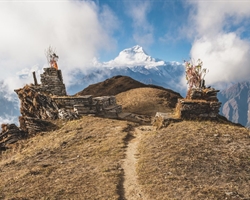
Khopra Ridge Trek
Less popular, less crowded, more beautiful alternative to ABC
- Nepal
- 10 Days
- BRS 4
- 4767 m
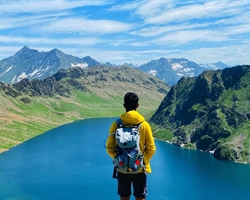
Tarsar Marsar Trek
A Shorter and Easier Alternative to the Kashmir Great Lakes Trek
- Kashmir
- 7 Days
- BRS 4
- 4024 m

Hampta Pass Trek
An Enchanting Cross-Over from Manali to Spiti
- Himachal
- 5 Days
- BRS 4
- 4200 m
 Max Participants :
15
Max Participants :
15
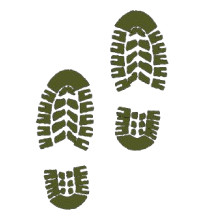 Trail Type :
Cross over trail, Start one valley, cross the pass, and end to another valley
Trail Type :
Cross over trail, Start one valley, cross the pass, and end to another valley
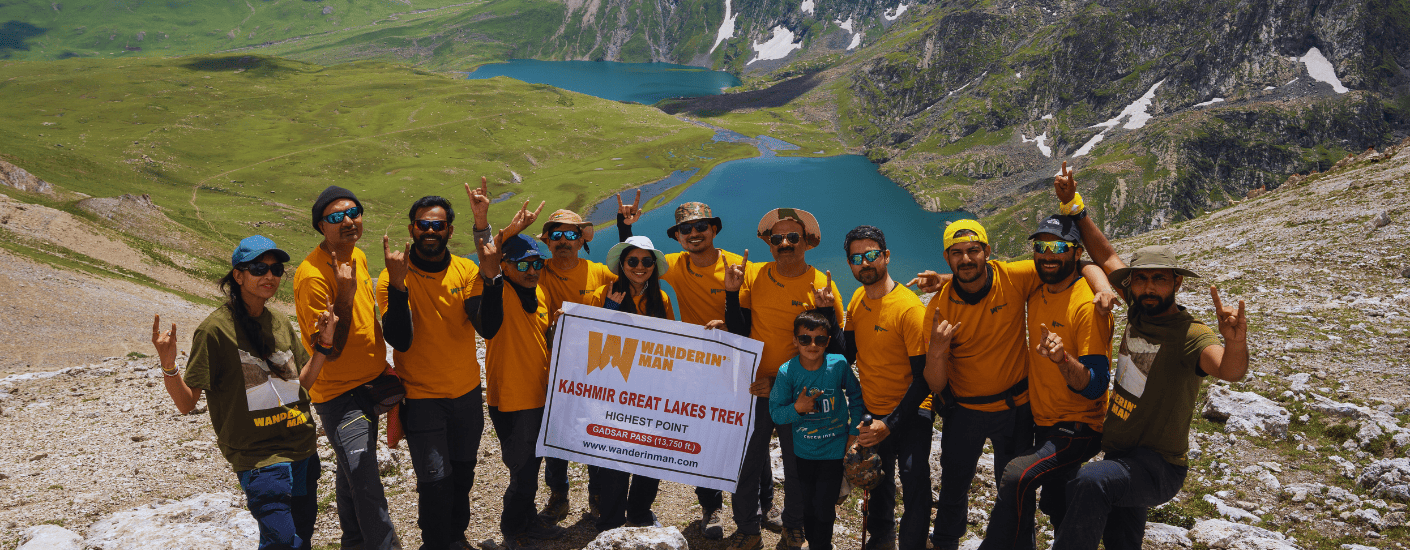
 Wanderin Man Adventures.png)


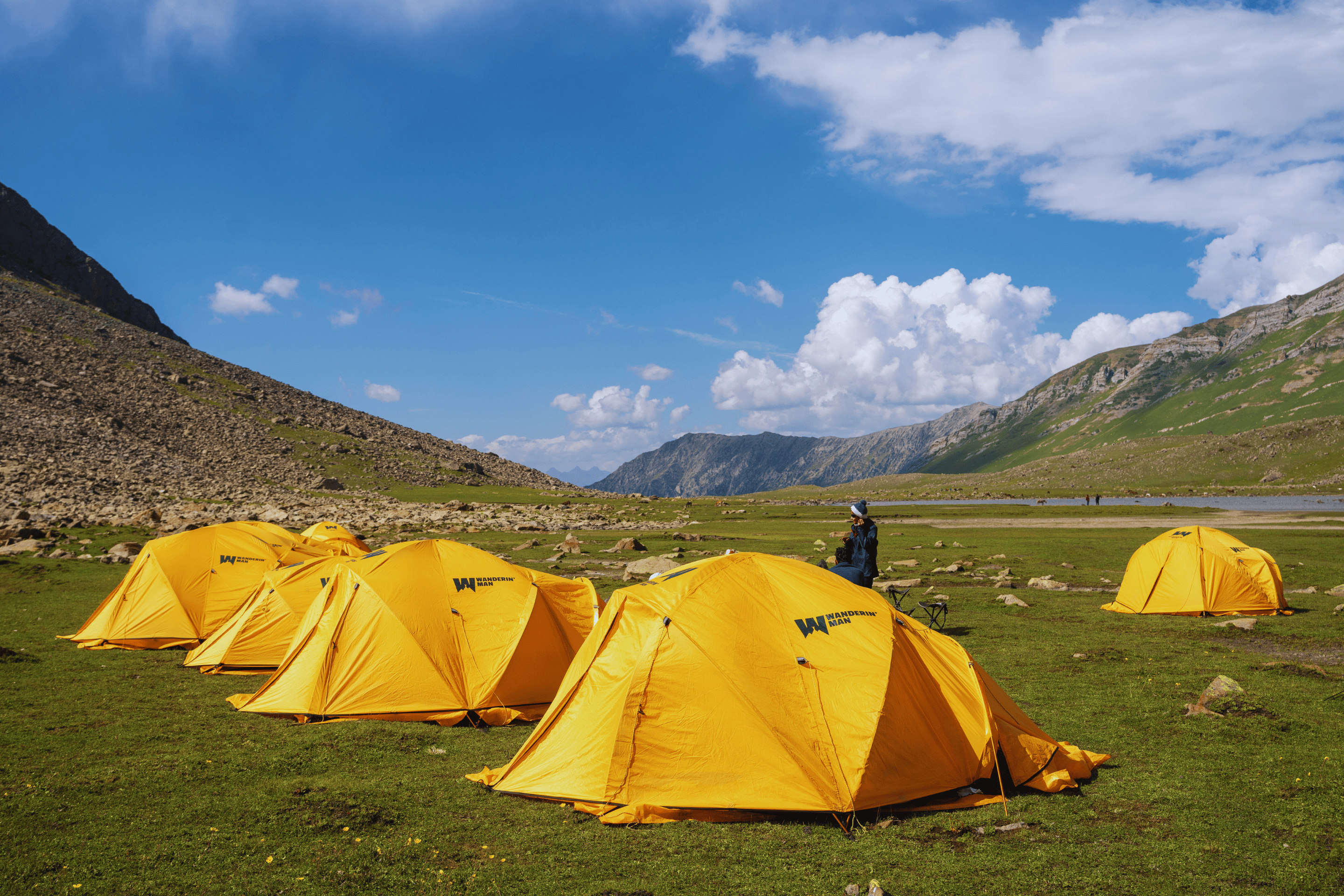
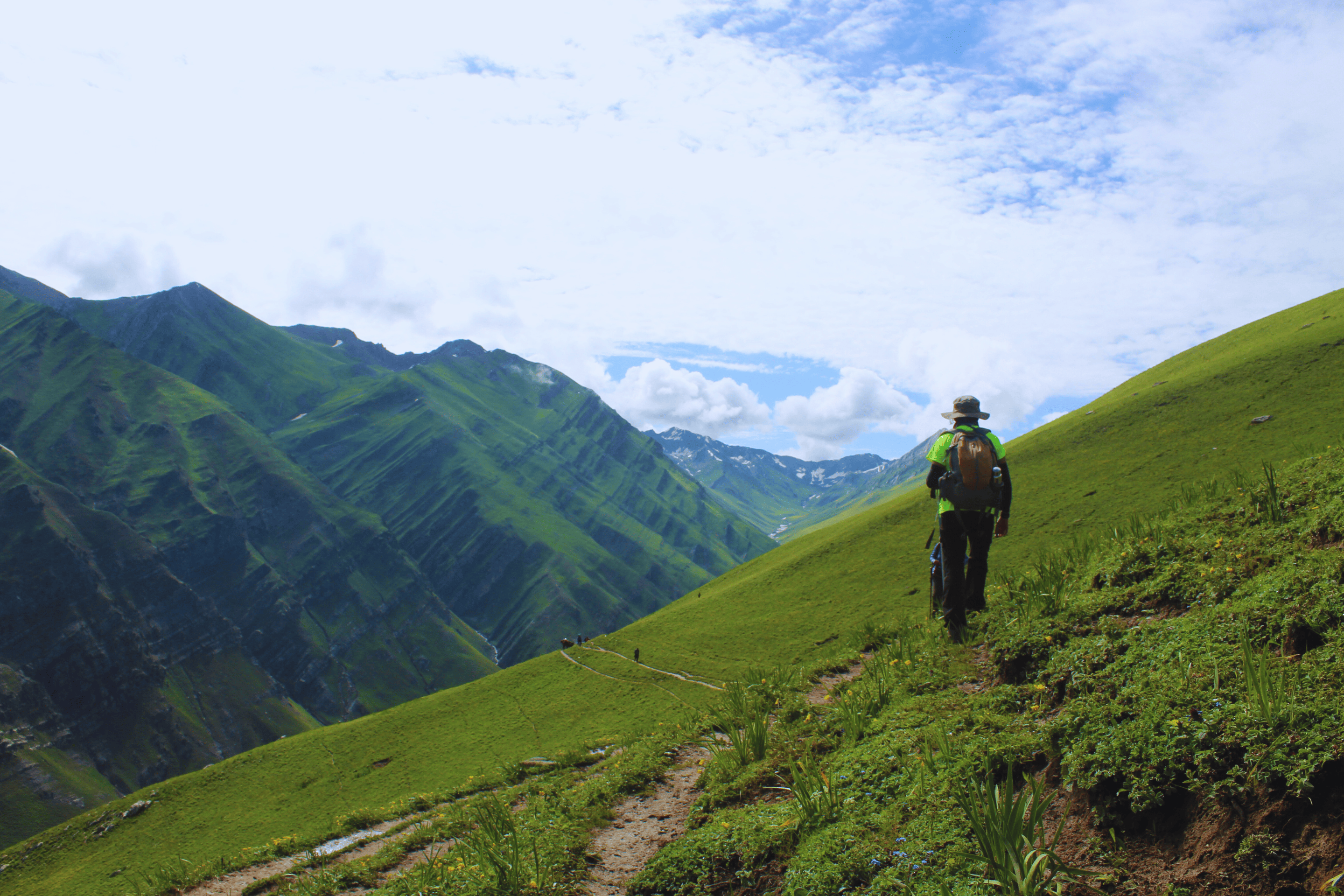
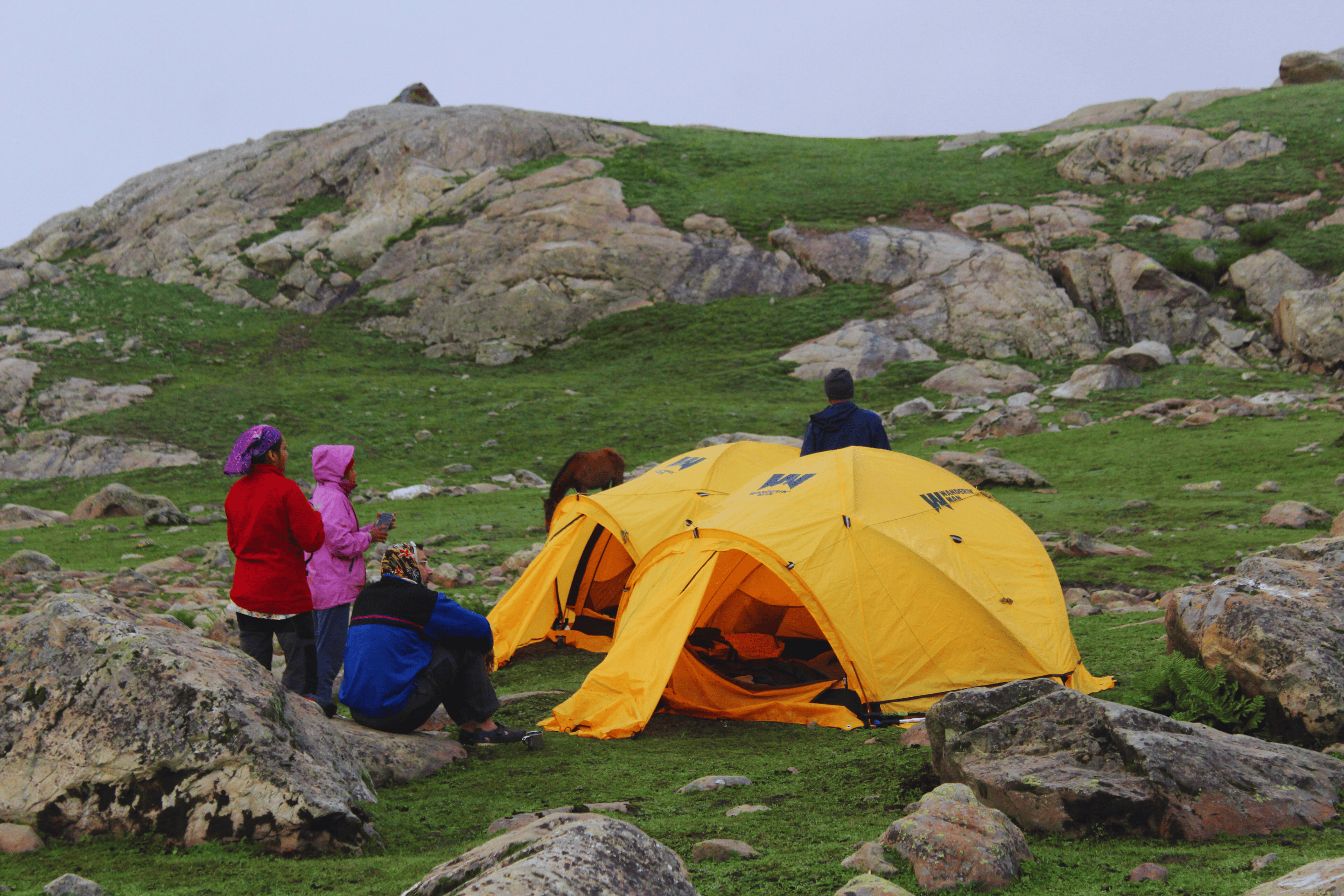
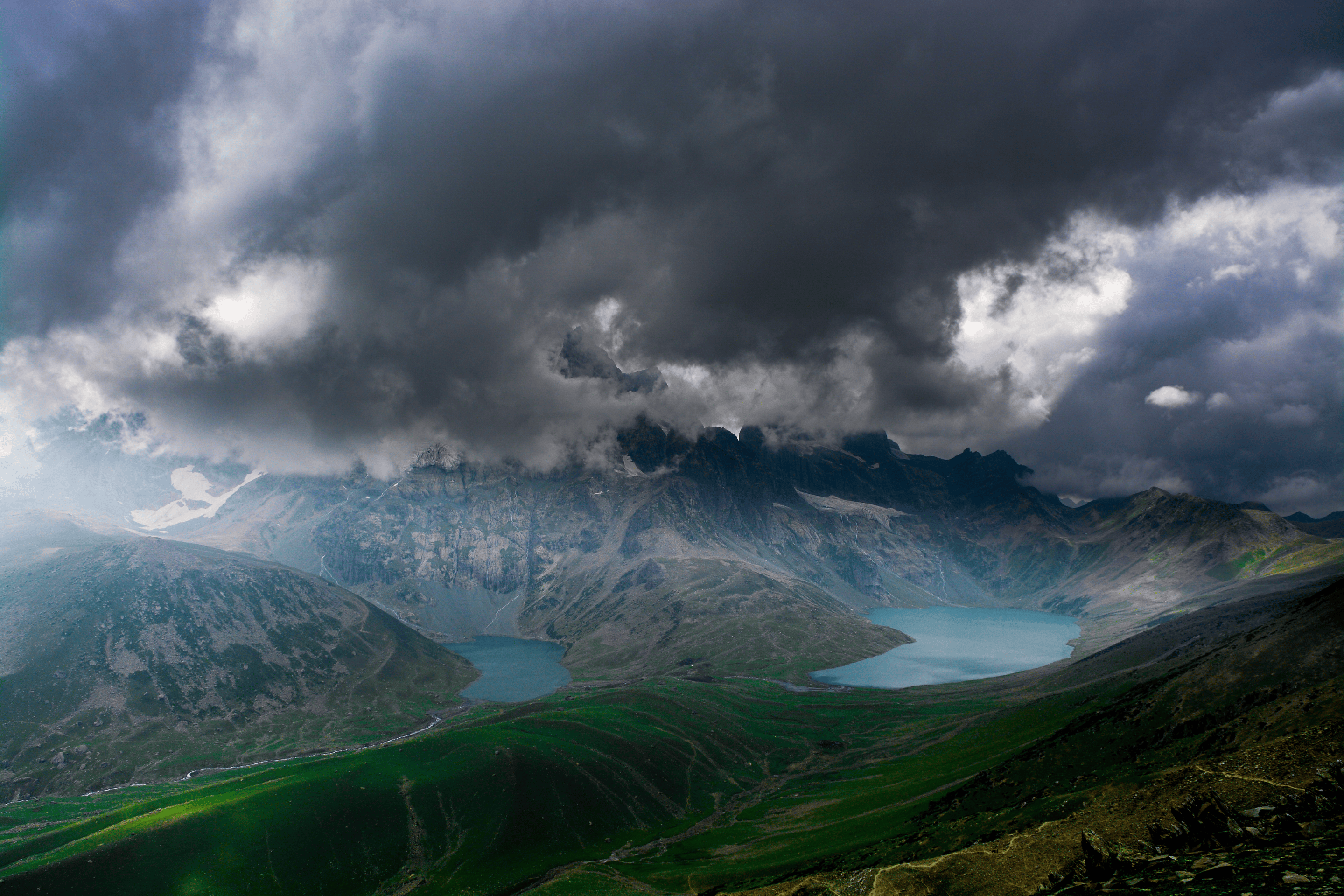
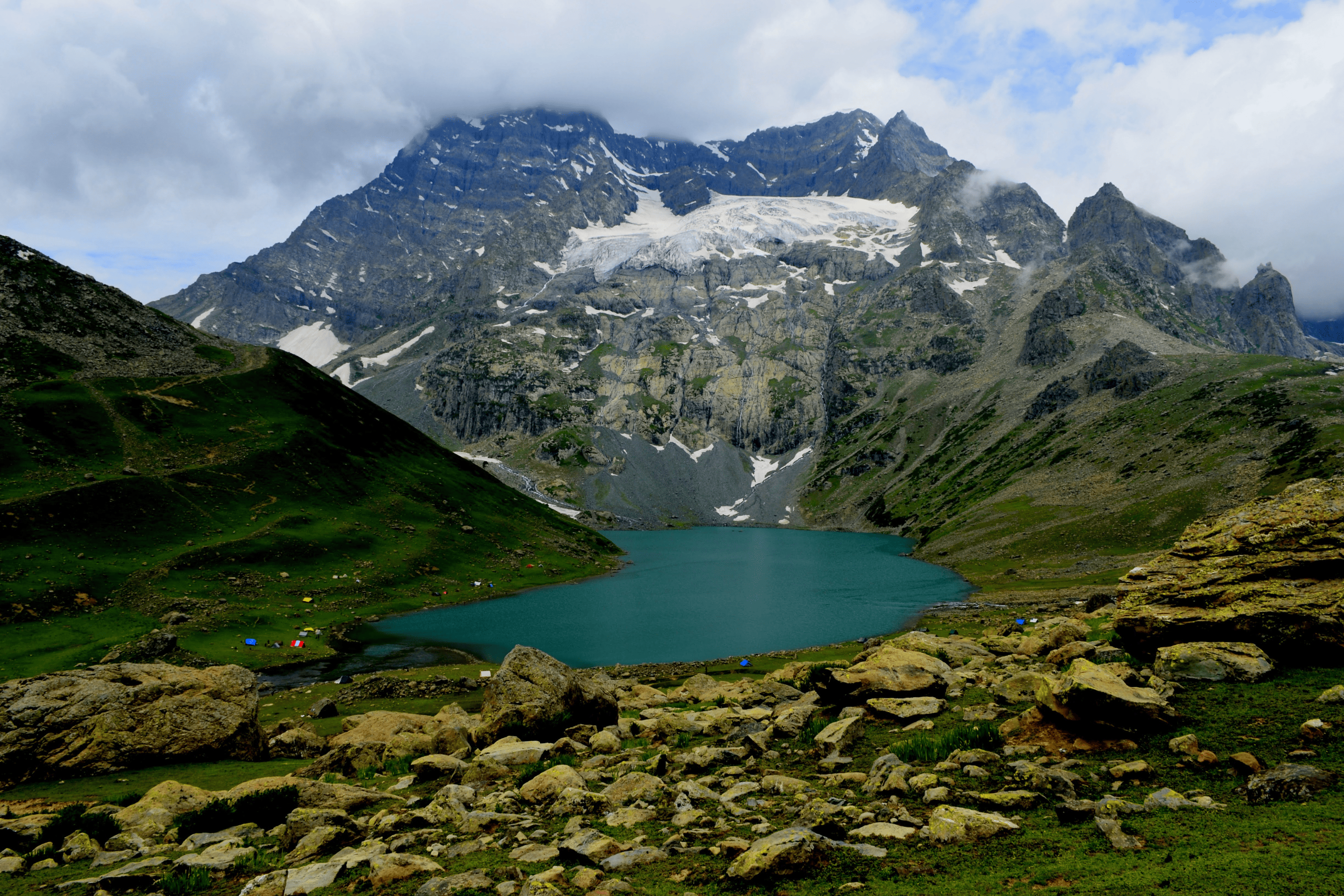


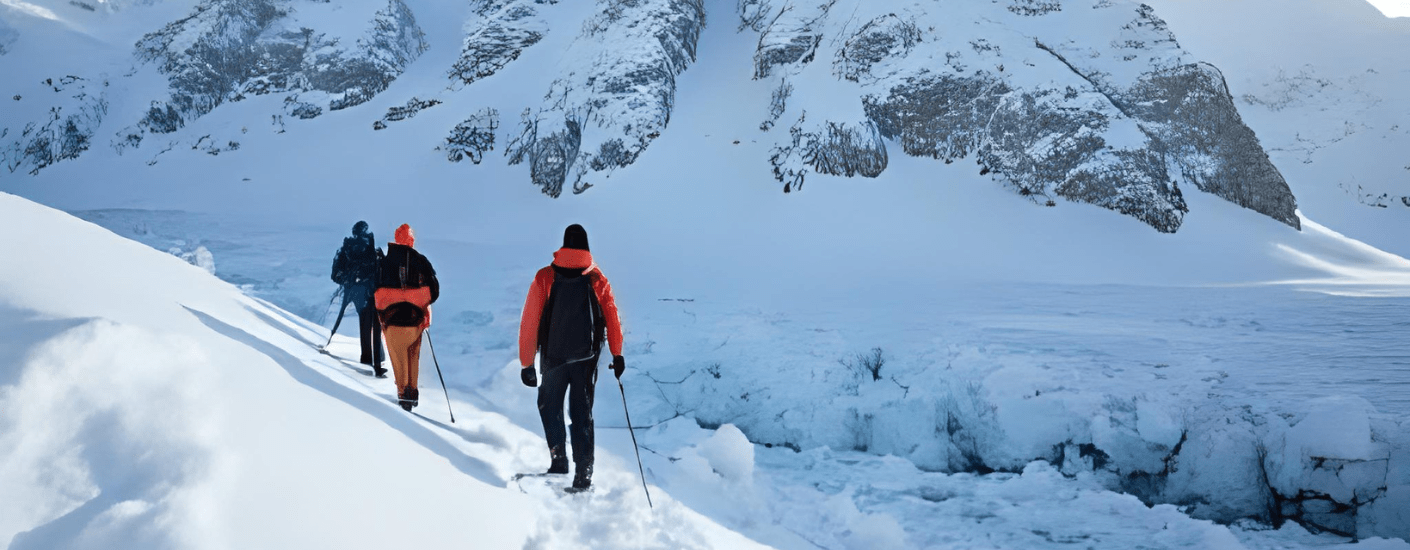
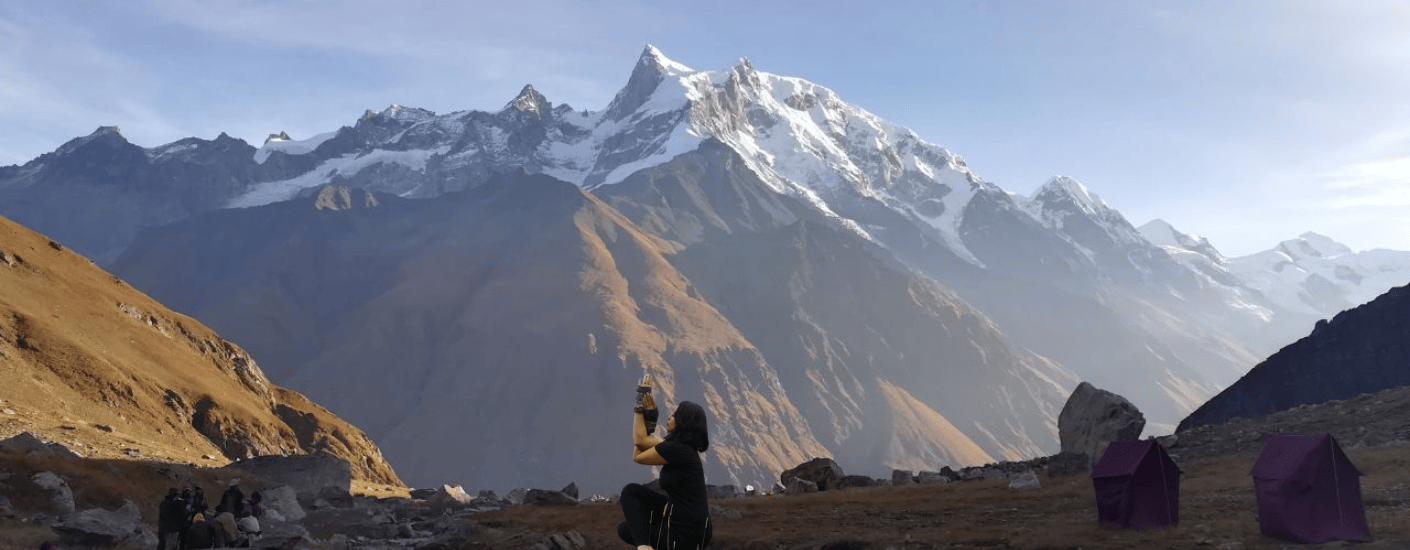

.png)
